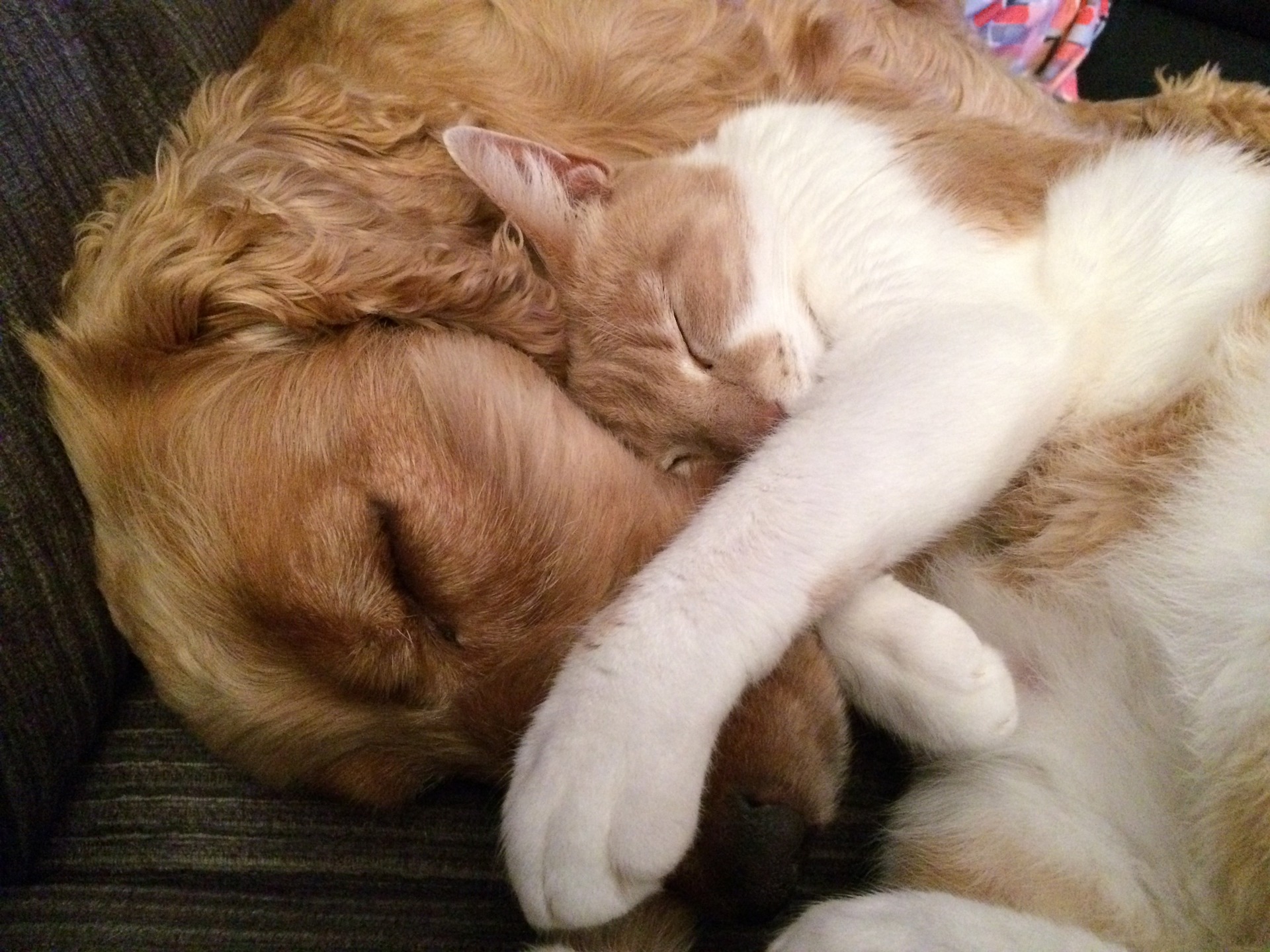
At DentalPlans, they believe that everyone deserves to have access to high-quality dental care and procedures.
That’s why for more than 15 years, they’ve been committed to making dental care more accessible and more
affordable for everyone.
February is a big month for teeth. Not only is it National Children’s Dental Health Month, it’s also Pet Dental Health
Month. And this is your annual reminder to take your furry family members to the vet for a dental check-up.
The American Veterinary Medical Association (AVMA) says that gum disease is the most common pet health
problem. Sadly, by the age of 2, 80% of dogs and 70% of cats have some form of gum periodontal disease. Oral
disease affects pets in much the same way as it does people. Neglecting preventive care can lead to pain, infections
and tooth loss. Dental decay, inflammation and gum infections can also impact your pet’s overall health – causing
digestive problems and bronchial effects. With regular oral hygiene and checkups, many of these problems can be
avoided.
The AVMA says that although cavities are less common in pets than in people, they can have many of the same
dental problems that people can develop:
Broken teeth and roots
Periodontal disease
Infected teeth
Cysts or Tumors in the mouth
Malocclusion, or Misalignment of the teeth and bite
Broken (fractured) jaw
Palate defects (such as cleft palate)
Gum disease is the most common dental condition in dogs and cats – by the time your pet is 3 years old,
he or she will very likely have some early evidence of gum disease, which will worsen as a pet grows
older. Early detection and treatment is critical because advanced gum disease can cause severe problems
and pain for someone’s pet.
Gum disease doesn’t just affect a pet’s mouth. Other health problems found in association with will very likely
have some early evidence of gum disease, which will worsen as a pet grows older. Gum disease doesn’t
just affect a pet’s mouth other health problems found in association with gum disease include kidney, liver, and
heart muscle changes.
Typical signs of a pet’s dental issues are excessive drooling, frequent pawing at their face or mouth. When .
one’s pet breath starts to worsen and shows signs of pain when eating harder foods. Other symptoms
include red and swollen gums, yellow-brown crusts of tartar along the gum lines, and bleeding or pain when
the gums or mouth are touched.
Watch for behavior changes too, such as reacting with annoyance when one touches or pats their pet’s head,
a sudden unwillingness to play, or strange mood changes. One should trust your instincts – if one senses
their pet is having a health issue, they’re most certainly right and should seek professional help. During a checkup, a
veterinarian will examine a pet’s teeth for signs of decay, and remove tartar and plaque buildup that could otherwise
lead to tooth decay and gum infections. If a pet has serious oral problems, a veterinarian may recommend a tooth
extraction and prescribe medication to clear the infection.
Depending on the type of pet one has, and it’s general temperament, one may need to skip tooth brushing at
home and take their pet to a pro for cleanings. A vet will probably offer tooth cleaning or can recommend the right
person for the job.The American Veterinary Dental College does not recommend dental cleanings without anesthesia
because they do not allow cleaning or inspection below the gum line, where most dental disease occurs and can
result in injury to the pet or the person performing the procedure. So vets may suggest a tooth cleaning if a pet
needs other medical procedures that require anesthesia.
If one’s pet seems amenable to at-home oral hygiene, head to the pet supply shop or go online and get a soft-bristled
brush and toothpaste specially formulated for a dog, cat or other critter. Don’t use toothpaste intended for
humans, because it’s not meant to be swallowed and a pet will want to swallow it – which can irritate one’s pet’s
stomach. Some vets advise a daily brushing, but one may find that two or three times a week is about all that they
and their pet can handle.
One should start brushing their pet’s teeth early in their lives. Get them used to having some fingers in their mouth,
and rub their teeth with a clean washcloth before introducing a toothbrush. When one graduates to a toothbrush, do
it similarly to how a human would brush their teeth. Start in the back of the mouth and make one’s way up
to the front of the teeth, making small circles. Ask a vet to give a demonstration the next time in their office.
It shouldn’t take more than a minute to brush a pet’s teeth, and even the smallest effort can make a big difference
in their health and happiness. Talk with a veterinarian about DentalPlans, dental products, treats, or dental-
specific diets being considered for one’s pet, or ask a veterinarian for their recommendation.
Error: Contact form not found.